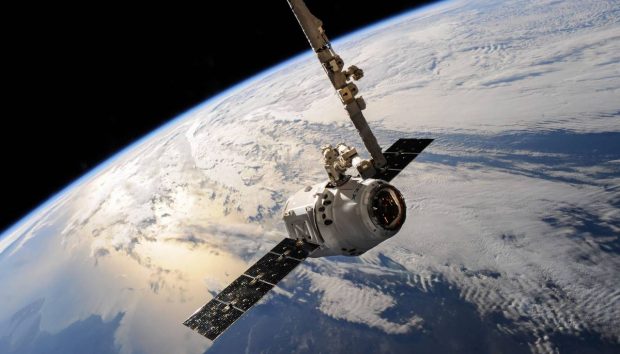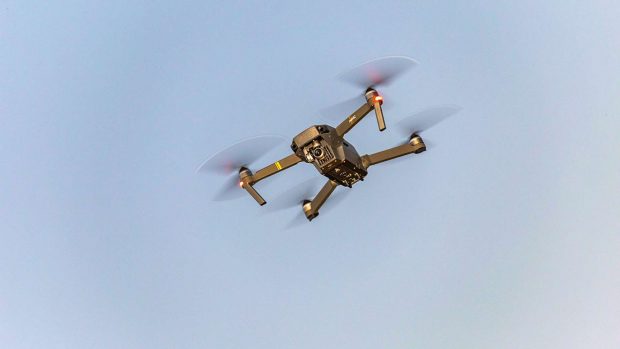Meteorology
Today's meteorology uses a variety of technologies to study and predict the behavior of the atmosphere.

Meteorology is a Science is responsible for studying and predicting the behavior of the atmosphere, thus allowing you to predict the expected time in a certain area. To accomplish these predictions, current meteorology uses various technologies and tools that have evolved over the years. In this article, we will examine the various types of technology used in meteorology today and how they have contributed to improving the accuracy of forecasts.
Some devices
Below we analyze some of them Modern prediction devices.
Radar application
One of the most used technologies in modern weather Weather radar. Weather radars are devices that emit radio waves into the atmosphere and collect signals reflected by clouds and precipitation. These signals are processed to obtain information about the intensity, direction, and speed of precipitation, as well as the presence of thunderstorms and tornadoes. Weather radars are particularly useful in predicting the arrival of heavy rain, hail and other extreme weather events.
Weather station
Another important technology in the current climate Automatic weather station. These stations are equipped with various sensors that record data such as temperature, humidity, atmospheric pressure, wind speed and direction, and solar radiation. This data is continuously collected and transmitted to weather forecasting centers in real time. Information collected by automatic weather stations is essential for monitoring the evolution of atmospheric systems and forecasting the weather in a particular region.
satellites
Satellite technology also plays an important role In modern weather. Weather satellites orbit the Earth and capture images and data about clouds, temperature patterns, and moisture in the atmosphere. This data is used to track storm formation, analyze the distribution of atmospheric systems, and predict the paths of hurricanes and tropical cyclones. Advances in satellite technology have improved the accuracy of long-range weather forecasts and provided critical information for natural disaster management.
Numerical modeling
The Numerical modeling technology also plays an important role In the current weather. Numerical models use complex mathematical equations to simulate the behavior of the atmosphere and predict the weather. These models take into account various variables such as temperature, humidity, atmospheric pressure, solar radiation and topography.
Data collected by automated weather stations, radars, and satellites are used to initialize models and improve their accuracy. Numerical models are particularly useful Long-term weather forecasting and assessing the impact of weather events peak in a given area.
Other devices
In addition to these key technologies, today's meteorological observations are fruitful Other assistive devices and technologies. Weather balloons are used to obtain measurements of temperature, humidity and atmospheric pressure at different levels of the atmosphere. Reconnaissance aircraft also play an important role in gathering meteorological data, especially in areas where adequate ground stations or satellites are not available. Lightning detection systems and air quality monitoring systems also contribute to meteorological data collection and improved forecasts.
Thanks to these technological advances, it is now possible to obtain more accurate and reliable forecasts. Be better prepared for climate changes and extreme weather events.
What does the future of weather forecasting look like?
One of the most exciting developments in weather forecasting Application of Artificial Intelligence (AI) and Machine Learning. These technologies allow scientists to analyze large amounts of real-time and historical weather data to identify patterns and trends. By using sophisticated algorithms, prediction models can improve their accuracy and reliability. Additionally, AI can help predict extreme weather events like storms and hurricanes with greater accuracy and anticipation.
Another promising area of research Long term forecast. Currently, most weather models can predict the weather up to two weeks into the future. However, researchers around the world are working hard to improve this capability and expand the prediction horizon.
Long term forecast
With the help of supercomputers and advanced climate models, Scientists hope to be able to predict the climate for months or even years In future. It is particularly useful for agriculture, urban planning and water management.
In addition to AI and long-term forecasting, Data collection is also growing rapidly. Currently, weather forecasts are based on observations from ground weather stations, weather balloons and satellites.
Use of drones
As technology advances, New forms of data collection such as drones are being developed. These small devices fly in the atmosphere and collect information in real-time, providing highly accurate and detailed data. Additionally, advances in sensor technology and the Internet of Things (IoT) enable greater amounts of real-time data, further improving the accuracy of prediction models.
Recommended Readings

